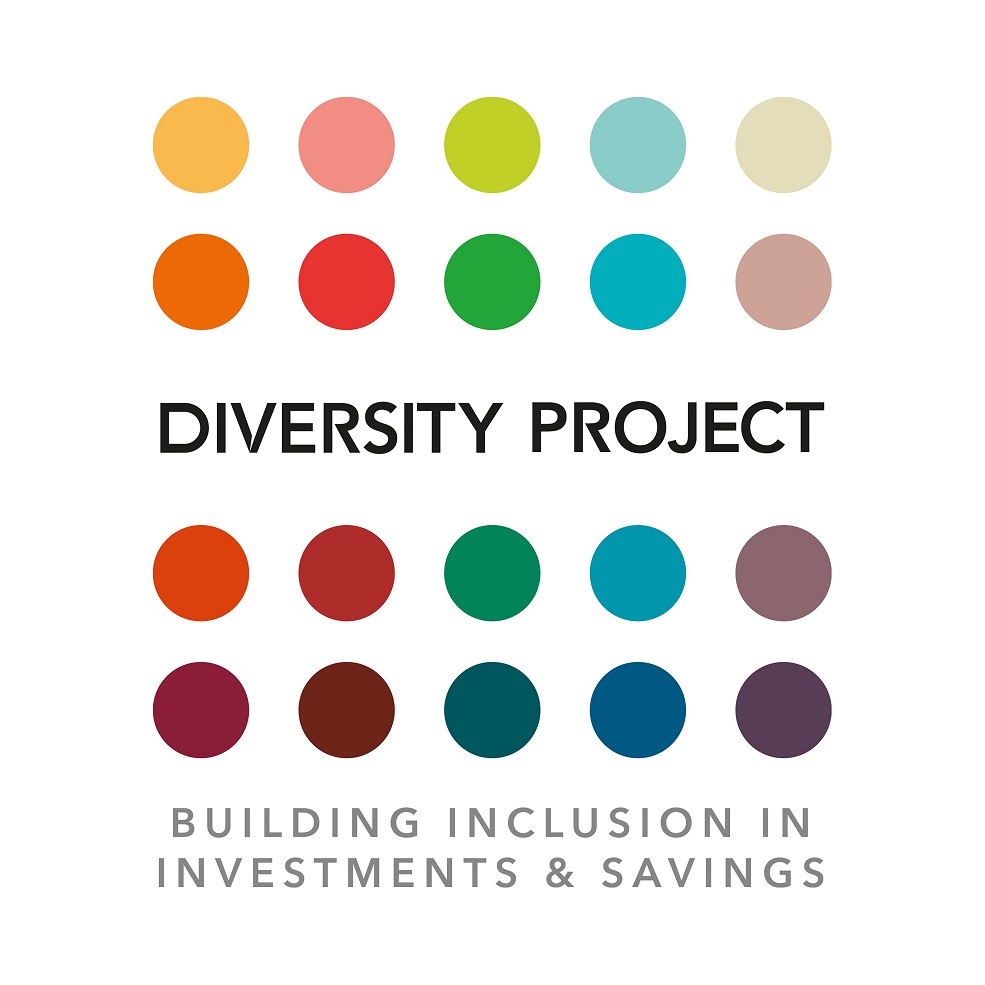Fund manager David Harrison explains how the UN Sustainable Development Goals, which began life as an aspirational target for governments around the world, transitioned to an unofficial framework for ESG investing. But can they really make a difference?

The snowball effect
If you are a sustainable investor, there’s a strong chance you’ve heard of the United Nations Sustainable Development Goals (SDGs). They’ve become synonymous with ESG investing to the point that the uninitiated may think you can’t have one without the other. After all, nearly every manager of responsible investment funds mentions the SDGs somewhere in their process.
In a way, the SDGs have become a byword for sustainable investing. Yet you may be surprised to find they were never intended to serve as a standard for ESG investing. When announced in 2015, they were designed as a global blueprint for all countries around the world to improve health and education, reduce inequality, spur economic growth, protect the environment and tackle climate change.
At the core of the UN SDGs are 17 main goals with 169 targets that are meant to be achieved by 2030. It didn’t take long for financial companies and investment managers to realise these goals could serve another purpose: they can help identify companies that are contributing to achieving those goals.
There’s a simple reason for this. Economic activity around the world is driven primarily by companies large and small, and as a result their behaviour will be critical for achieving many of the UN’s goals. As investors, we can influence corporate behaviour by screening for companies that are making a positive contribution to the SDGs and engaging with management teams.
In short: it’s a good way to determine if companies are doing the right thing and hold them to account if they are not. And in the absence of any other set of standards for measuring a company’s track record, the SDGs are so far the only global framework that allows us to compare a European industrial company with a US bank or a Japanese investment company.
We now have other tools and standards to help us with these tasks, many of which were the result of investors embracing the SDGs. One example is the EU taxonomy for sustainable activities. This helps us to understand how a company makes its money, which revenues are green and which are, for lack of a better word, brown.
The big question on many people’s minds is whether investors and asset managers alike can actually make a difference here. We can, but I say this knowing that achieving the SDGs will take collaboration between governments and businesses alike. As a sustainable investor, I take stewardship seriously and am actively engaged with the companies I hold in my fund. Through meetings with management and shareholder voting, I can have an influence on a company’s strategy and help shape its sustainability agenda.
At present, we know that the level of government investment dedicated to achieving the SDGs is not enough to achieve them by 2030. Cost estimates vary depending on who conducted the research, but the International Monetary Fund estimates that the public and private sector will need to spend an additional 14% of global gross domestic product each year between now and 2020 to meet the targets.
The private sector has a major role to play here, and we can already see the fruit of our labour. Through engagement and ongoing open dialogue, companies are moving faster to reduce their emissions, clean up their supply chains and make the transition to a low-carbon economy. This is not only the right thing to do, but if companies are to continue to attract investment from a public that is increasingly focused on sustainability, then short-term fixes won’t suffice. Instead they need to drive change by conducting business in a way that makes a positive contribution to society and the environment.
We know it’s a major undertaking and that the road ahead is uncertain, but it’s clear that we are moving in the right direction. It’s not just governments and companies that are paying more attention to sustainability issues. People are behaving differently. Much is said about the younger generations having a greater concern for the environment and their community, but I have noticed a shift across all age groups. Bit by bit, people are more aware of the impact they have on the world and are changing their behaviour for the better, which includes taking a greater interest in how their money is invested. The fact that we have seen such a dramatic upswing in sustainable investing in the past few years gives me some encouragement that we are on the right path.




